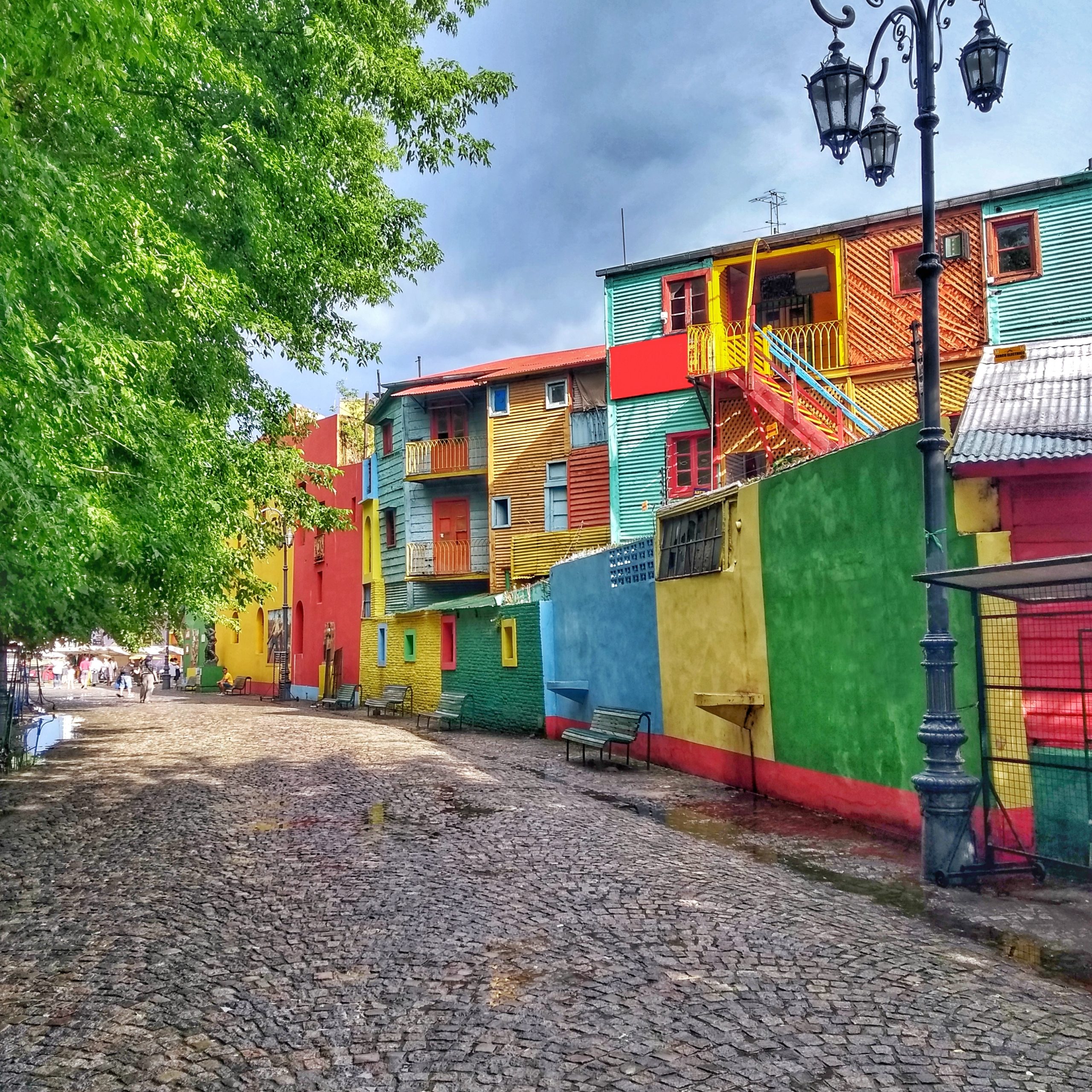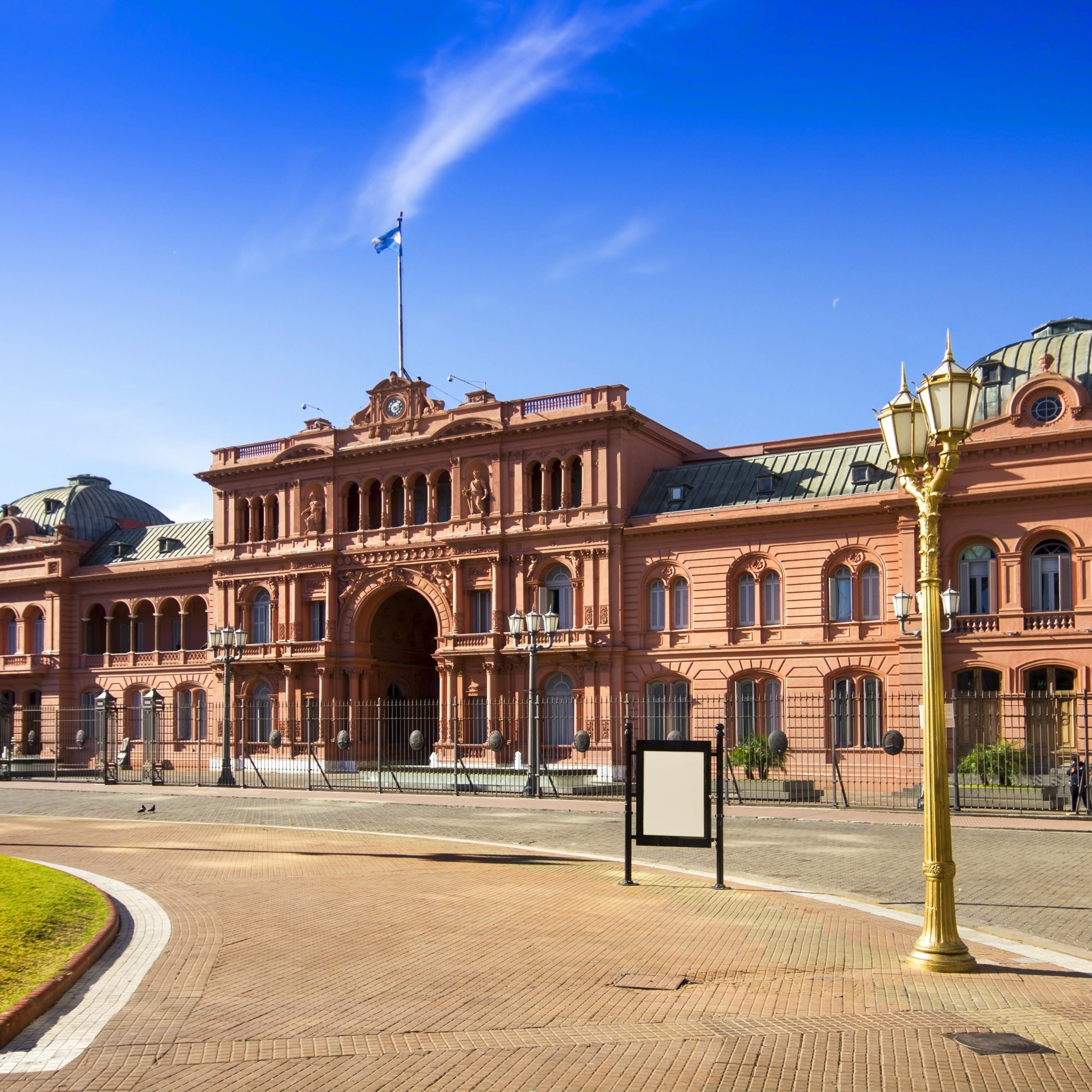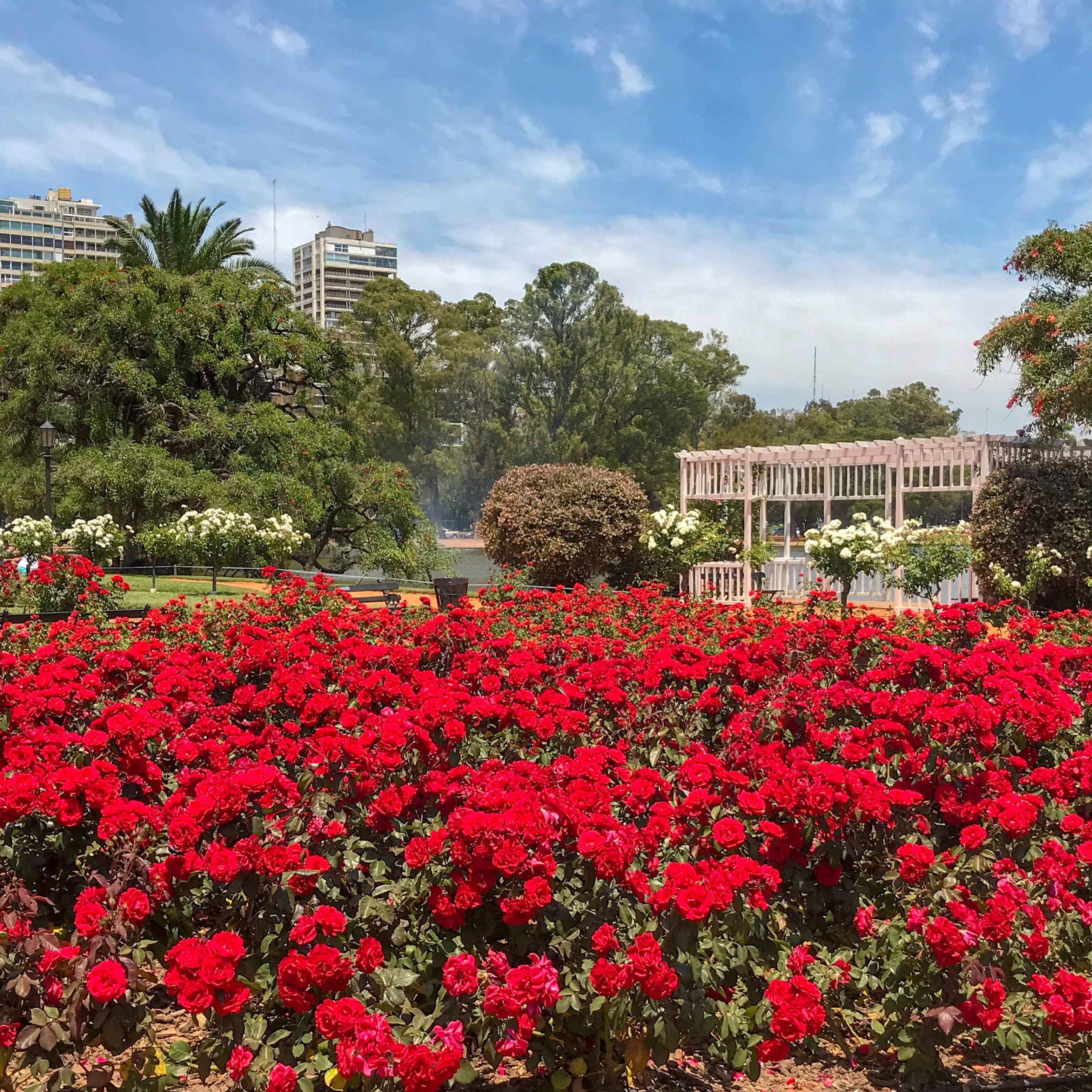from 0 reviews
4 hours
Daily Tour
4 people
English, Espanol, Francais
Get to know Buenos Aires on this guided half day tour where you’ll be driven to several stops in a private, air-conditioned vehicle, and also be walking between places. This is the perfect way to get an overview of the city upon arrival, or for those who have just a few hours in the city to walk. Among the stops are Alberto J. Armando Stadium (La Bombonera), Casa Rosada, and Recoleta Cemetery, but the entrance fees are extra.

Caminito is the most famous pedestrian street in Buenos Aires. It is one of the most popular tourist attractions in the city due to its colorful houses and its deep historical and cultural significance. Caminito is located in the popular La Boca neighborhood, on the coast of the Riachuelo River and just 400 meters from La Bombonera, the Boca Juniors stadium. It is a 150 meter long curved pedestrian walkway where important artistic works can be seen.

The Bombonera is the heart of Boca Juniors, and one of the most famous stadiums in the world. It became a kind of football monument. Before reaching this building, inaugurated in 1940, the club was local in a with wooden grandstands. It has a horseshoe-shaped structure, with three overlapping trays and a steep angle of inclination that resembles a box of chocolates, hence its popular name. The few meters that separate the playing field from the stands allow a great proximity between spectators and teams, which makes the experience of going to see a game indescribable.

The market was inaugurated in February 1897 with the aim of supplying the necessary food to the new wave of immigrants arriving in the city from the Old Continent. The building retains its original internal structure, formed by beams, arches and metal columns with veneer and glass ceilings. In the center stands a large dome. The project is by Juan Antonio Buschiazzo (1845-1917), the second architect to obtain his degree in Buenos Aires. Buschiazzo came from Italy at the age of four and during the intendence of Torcuato de Alvear he served as Director of Public Works of the City. He designed banks, hospitals, residences and government buildings, and was one of the main people responsible for the Avenida de Mayo project. In 2000, the market was declared a National Historic Monument by the Ministry of Culture of the Government of the City of Buenos Aires.

The Puente de la Mujer, one of the emblems of the Puerto Madero neighborhood, is the first work in Latin America by the renowned Spanish architect Santiago Calatrava and represents another example of the City permanently seeking to position itself at the forefront of art and architecture in the entire region. It is a revolving pedestrian bridge with one of the largest turning mechanisms in the world, designed to allow the passage of sailing vessels that navigate the docks of Puerto Madero. The work, made in Spain and donated to the City by a private individual, represents the image of a couple dancing tango, where the white pole symbolizes the man and the curved silhouette of the bridge is the woman.

It is a palace located in front of the Plaza de Mayo that functions as the seat of the National Government. This imposing pink building occupies the site where the Fort of Buenos Aires was erected in 1580. It was the residence of Spanish viceroys and then housed, with some reforms, the authorities of the successive national governments. The current building is the product of the merger of two previous constructions: the presidential headquarters and the Palacio de Correos (on the corner of Hipólito Yrigoyen and Balcarce).

Ateneo Grand Splendid is a bookstore located in the Recoleta neighborhood of Buenos Aires. It stands out for being where the Grand Splendid Theatre did, having preserved the original architecture of that theater, but being in turn readapted to function as a bookshop. In 2008, it was chosen by the British newspaper The Guardian as the second most beautiful bookstore in the world, and in 2019, National Geographic declared it the most beautiful in the world.

The Recoleta Cemetery is a famous cemetery in the city of Buenos Aires, Argentina. It is located in the neighborhood of Recoleta and contains the graves of well-known people. It is one of the most popular tourist attractions in the city, famous for its numerous and imposing mausoleums and vaults adorned with marbles and sculptures. Its architectural value is a sample of the times when Argentina was an emerging economic power at the end of the 19th century, and the more affluent families of the city began to move to the area of Recoleta and build splendid pantheons in the cemetery. Many of its mausoleums and vaults are the work of important architects and more than 90 have been declared a National Historic Monument. The cemetery itself has been considered a National Historical Museum since 1946.

Within Parque 3 de Febrero, in Palermo, is the Rosedal, with a collection of more than 18,000 roses and a lake that surrounds it. It occupies a space that belonged to the fifth of Juan Manuel de Rosas, until he was defeated in the Battle of Caseros, in 1852. The landscape architect Carlos Thays, who built the Botanical Garden, Avellaneda Park and Lezama Park, among others, started the work. Then, his disciple, Benito Carrasco, finished it in 1914. Every July, when the pruning season begins, neighbors and tourists approach gardeners to receive flowers or cuttings from which new species can be reproduced. In this way, in winter, the roses bloom healthy and strong to reach the maximum point of development in October.

Floralis Genérica is a metal sculpture located in the Plaza de las Naciones Unidas, presented to the city by the Argentine architect Eduardo Catalano (1917-2010). The structure was inaugurated on April 13, 2002 with materials provided by the aircraft company Lockheed Martin Aircraft Argentina. The sculpture is located in the center of a park of four hectares of wooded boundaries, surrounded by paths that approach and distance providing different perspectives of the monument and located above a mirror of water, which apart from fulfilling its aesthetic function, protects it. It represents a large flower made of stainless steel, with aluminum skeleton and reinforced concrete, which looks towards the sky, extending towards it its six petals. It weighs 18 tons and is 23 meters high.
Leave a reply